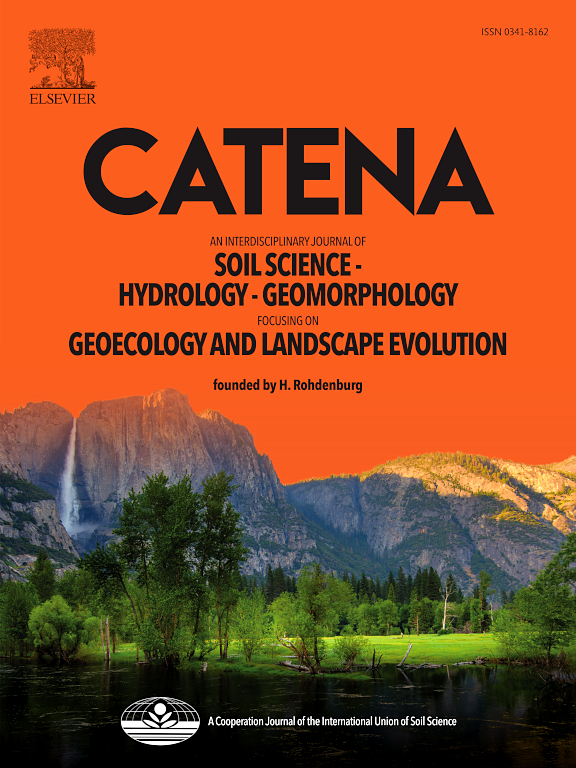Secondary succession increases diversity and network complexity of soil microbial communities in subtropical and temperate forests
IF 5.4
1区 农林科学
Q1 GEOSCIENCES, MULTIDISCIPLINARY
引用次数: 0
Abstract
Clarifying the responses of soil microbial communities to long-term forest secondary succession is useful for predicting future effects of forest restoration and protection on soil communities and ecosystem functions. In this study, high-throughput sequencing was used to investigate soil bacterial and fungal communities at early, mid, and late successional stages spanning several centuries in a temperate forest and a subtropical forest in China. Succession increased diversity and altered the structure of bacterial and fungal communities, especially those of fungal communities, in both forest types. The late successional stage favored the maintenance of microbial network complexity in both forests and increased the potential positive links between bacteria and fungi. Total soil phosphorus and litter carbon in the subtropical forest and total soil nitrogen in the temperate forest were important drivers of the variation in soil microbial communities during succession. Collectively, the results suggest the following: old-growth forests have an irreplaceable role in maintaining high soil microbial diversity and complexity; fungal communities are more sensitive than bacterial communities to succession; and changes in soil and litter properties during succession have different effects on soil microbial communities in different forests.

求助全文
约1分钟内获得全文
求助全文
来源期刊

Catena
环境科学-地球科学综合
CiteScore
10.50
自引率
9.70%
发文量
816
审稿时长
54 days
期刊介绍:
Catena publishes papers describing original field and laboratory investigations and reviews on geoecology and landscape evolution with emphasis on interdisciplinary aspects of soil science, hydrology and geomorphology. It aims to disseminate new knowledge and foster better understanding of the physical environment, of evolutionary sequences that have resulted in past and current landscapes, and of the natural processes that are likely to determine the fate of our terrestrial environment.
Papers within any one of the above topics are welcome provided they are of sufficiently wide interest and relevance.
 求助内容:
求助内容: 应助结果提醒方式:
应助结果提醒方式:


